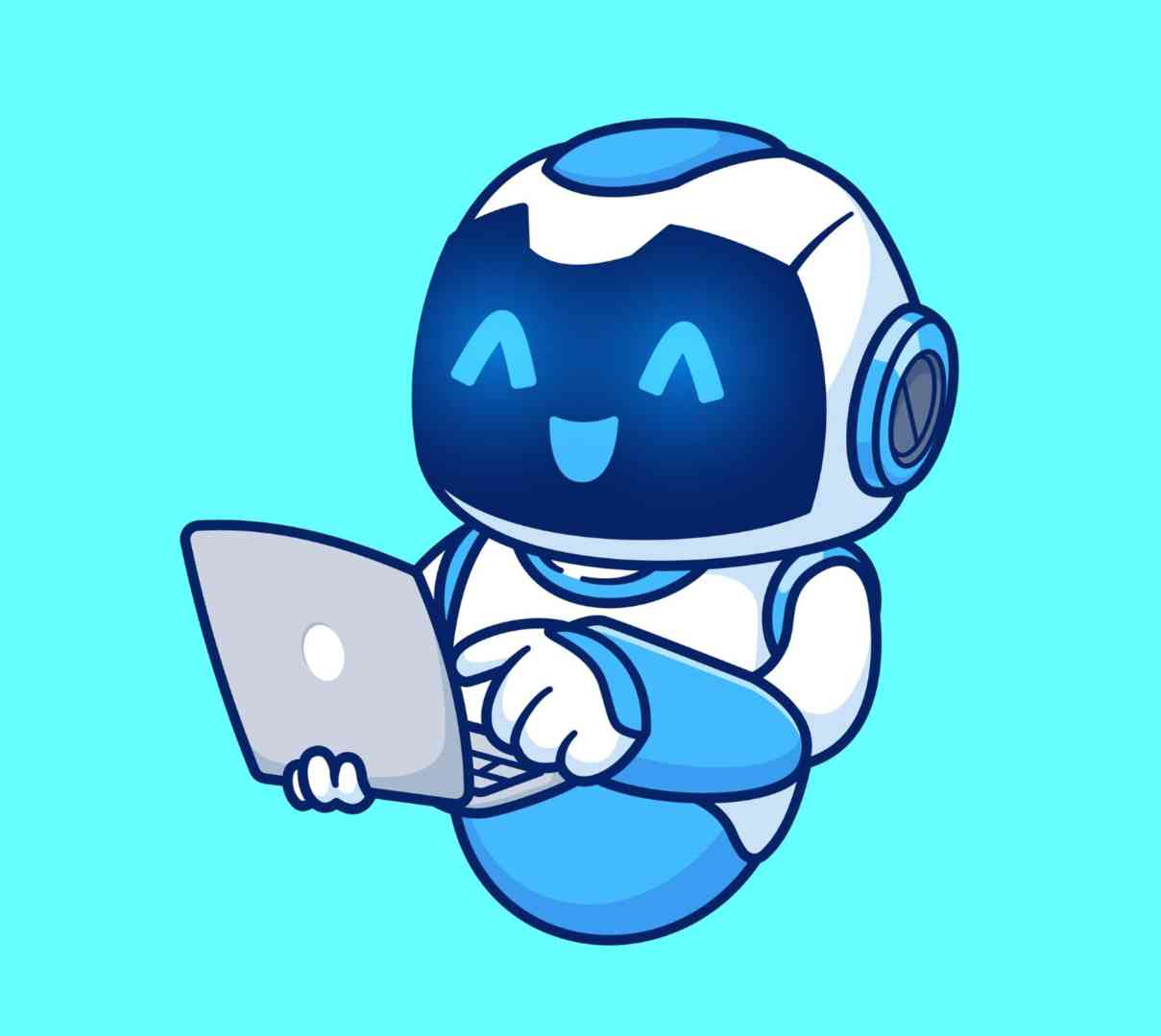The demand for home health care services is growing rapidly, driven by an aging population and an increasing preference for in-home care. However, the industry faces significant challenges in retaining skilled caregivers due to high turnover rates and caregiver burnout. A key solution to this issue lies in leveraging advanced home health care software to enhance caregiver satisfaction and retention. By streamlining administrative tasks, improving communication, and providing better support, this technology is transforming the caregiving experience.
The Challenges of Caregiver Retention in Home Health Care
Caregiver retention is one of the most pressing challenges in the home health care industry. Studies show that caregiver turnover rates can be as high as 60%, leading to disruptions in patient care, increased recruitment costs, and operational inefficiencies. Several factors contribute to this high turnover:
- Workload and Burnout: Caregivers often juggle multiple patients, extensive documentation, and complex care schedules, leading to burnout.
- Administrative Burden: Manual paperwork and outdated communication methods consume valuable time that could be spent on patient care.
- Lack of Support and Training: Insufficient support and inadequate training programs contribute to job dissatisfaction.
- Limited Career Growth: The absence of clear career progression pathways impacts caregiver motivation and retention.
Addressing these challenges requires a strategic approach that prioritizes caregiver satisfaction, efficiency, and professional development.
How Home Health Care Software Enhances Caregiver Satisfaction
Home health care software is revolutionizing the way caregivers manage their daily tasks, ultimately leading to higher job satisfaction and reduced burnout. Here’s how it makes a difference:
1. Streamlining Administrative Tasks
One of the primary sources of caregiver frustration is the overwhelming amount of paperwork required for documentation, billing, and scheduling. Home health care software automates these tasks, allowing caregivers to:
- Digital Documentation: Record patient notes, vital signs, and care updates digitally, reducing the need for manual paperwork.
- Automated Billing and Payroll: Simplify billing and payroll processes, ensuring accurate and timely compensation.
- Efficient Scheduling: Digital scheduling tools enable caregivers to easily view and manage their work schedules, reducing conflicts and overtime.
By automating administrative tasks, caregivers can spend more time on patient care and less time on paperwork, leading to increased job satisfaction.
2. Improved Communication and Coordination
Effective communication is crucial in home health care, especially when coordinating care among multiple healthcare providers, caregivers, and family members. Home health care software enhances communication through:
- Real-Time Updates: Caregivers receive instant updates on care plans, medication changes, and patient appointments, ensuring accurate and consistent care.
- Secure Messaging Platforms: Integrated messaging systems allow caregivers to communicate securely with healthcare teams and families, improving collaboration and reducing miscommunication.
- Care Coordination Tools: Coordinated care plans and task management features enable seamless communication among care teams, reducing duplication of efforts and enhancing patient outcomes.
Improved communication and coordination not only enhance patient care but also reduce caregiver stress by minimizing misunderstandings and last-minute changes.
3. Access to Training and Professional Development
Lack of adequate training and career advancement opportunities are common reasons for caregiver turnover. Home health care software can support professional growth by:
- Integrated Training Modules: Providing on-demand training and educational resources to help caregivers enhance their skills and stay updated with industry best practices.
- Performance Tracking and Feedback: Offering performance analytics and feedback mechanisms to help caregivers identify areas for improvement and career growth.
- Certification Management: Tracking certifications and continuing education requirements, ensuring caregivers remain compliant with industry standards.
By investing in caregiver development, home health agencies can improve job satisfaction and build a skilled, motivated workforce.
4. Reducing Caregiver Burnout
Burnout is a significant issue in home health care, often caused by heavy workloads, emotional stress, and long hours. Home health care software helps alleviate burnout through:
- Workload Optimization: Intelligent scheduling systems balance caregiver workloads, preventing over-scheduling and reducing fatigue.
- Mobile Access and Flexibility: Mobile-friendly software allows caregivers to access patient information, update care notes, and communicate with care teams on the go, increasing flexibility and reducing travel time.
- Mental Health Support Features: Some platforms integrate wellness check-ins and resources to support caregiver mental health and well-being.
By reducing burnout, agencies can enhance caregiver satisfaction and retention while maintaining high-quality patient care.
The Impact on Retention Rates and Operational Efficiency
The implementation of home health care software has a direct impact on caregiver retention rates and operational efficiency:
- Higher Retention Rates: By reducing administrative burdens, enhancing communication, and supporting professional growth, caregivers are more satisfied and less likely to leave their jobs.
- Improved Operational Efficiency: Automation and streamlined workflows enhance productivity, reducing the need for overtime and lowering operational costs.
- Enhanced Patient Satisfaction: Satisfied caregivers provide better patient care, leading to higher patient satisfaction and loyalty.
According to industry reports, agencies that adopt advanced home health care software see a 20-30% reduction in caregiver turnover rates, demonstrating the significant impact of technology on workforce stability.
Final Thoughts
In an industry where caregiver burnout and high turnover rates are significant challenges, adopting advanced home health care software is no longer just an option but a necessity. By streamlining administrative tasks, enhancing communication, supporting professional development, and reducing burnout, this technology empowers caregivers to perform their duties more efficiently and with greater job satisfaction.











